Learn how your solar system works
Embark on a journey of solar enlightenment with our comprehensive guide to the various components that constitute a solar energy system. Designed for both newcomers and seasoned enthusiasts alike, this detailed guide provides a thorough exploration of every aspect of solar technology, from the iconic solar panels to the intricate workings of inverters, batteries, mounting systems, and monitoring devices.
PV SOLAR PANELS
how does a solar panel work
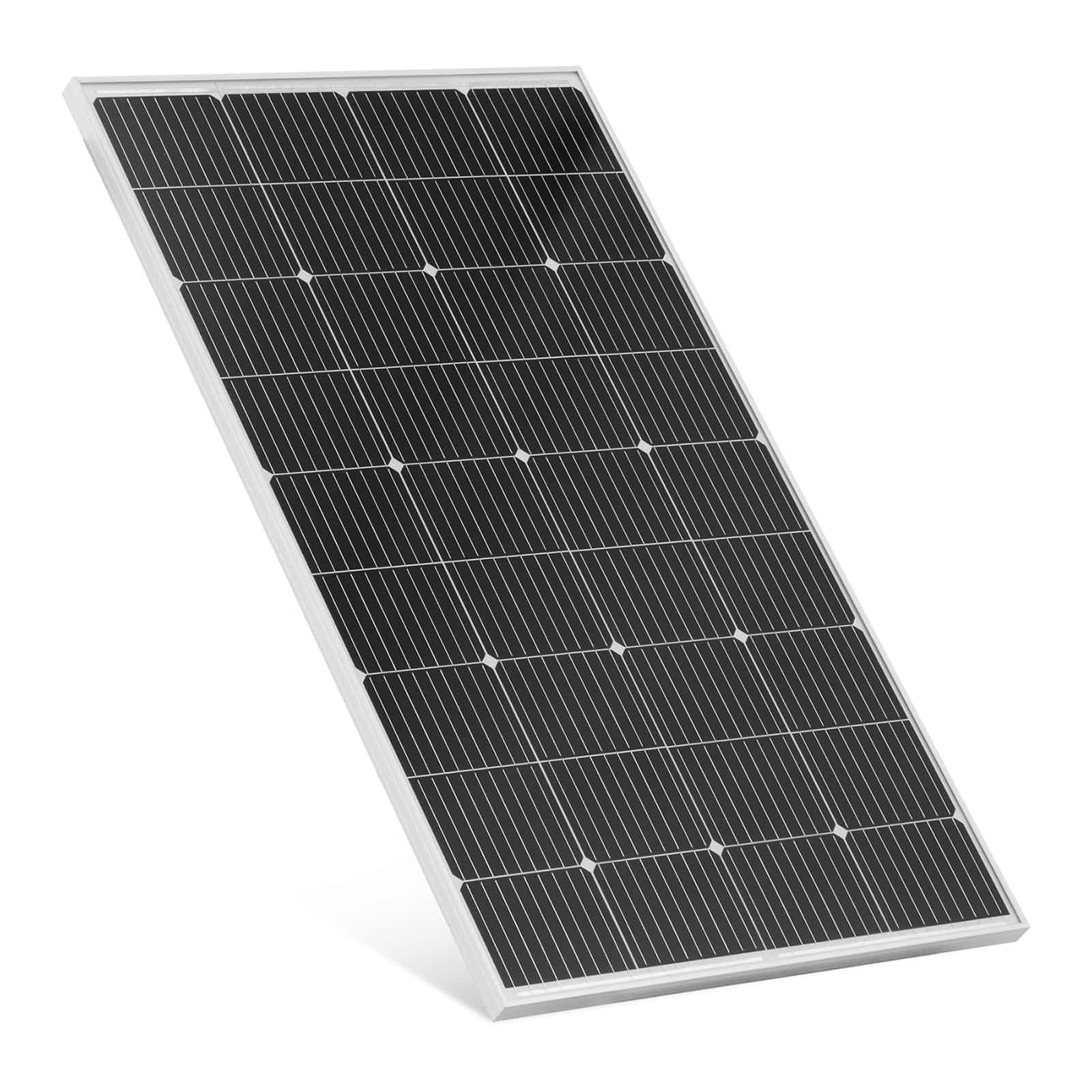
A PV solar panel works by converting sunlight into electricity through a process called the photovoltaic effect. This electricity can then be used to power your home or stored for later use, providing a clean and renewable source of energy.
Welcome the Casey Estates website, your gateway to a modern revolution in real estate. As a cutting-edge specialist agency, we harness the power of innovative technologies to redefine the home buying and selling experience.
Explore our advanced tools, personalised services, and expert guidance tailored to your needs. Whether you're buying or selling, Casey Estates is here to lead you into the future of real estate.
Let's break down how a photovoltaic (PV) solar panel works in simple terms.
Sunlight Hits the Solar Panel:
The process begins when sunlight, made up of tiny particles called photons, shines onto the surface of the solar panel.
Photon Absorption:
When sunlight strikes the solar panel, the photons are absorbed by the solar cells, which are typically made of semiconductor materials like silicon.
Generation of Electricity:
When the photons are absorbed, they transfer their energy to the electrons in the semiconductor material. This causes the electrons to become "excited" and break free from their atomic bonds, creating a flow of electricity known as direct current (DC).
Generation of Electricity:
When the photons are absorbed, they transfer their energy to the electrons in the semiconductor material. This causes the electrons to become "excited" and break free from their atomic bonds, creating a flow of electricity known as direct current (DC).
Inverter Conversion (if applicable):
In many systems, the electricity generated by the solar panel is direct current (DC), but most household appliances and the electricity grid use alternating current (AC). Therefore, an inverter is typically used to convert the DC electricity from the solar panel into AC electricity that can be used in your home or exported to the grid.
Powering Your Home:
The electricity generated by the solar panel can now be used to power your home's electrical appliances, reducing your reliance on grid electricity and lowering your utility bills.
Excess Electricity (if applicable):
If your solar panel generates more electricity than your home consumes, the excess electricity can be sent back to the grid, often earning you credits or compensation through programs like net metering.
SOLAR PANEL MOUNTING SYSTEM
how do we attach the solar panels to your roof
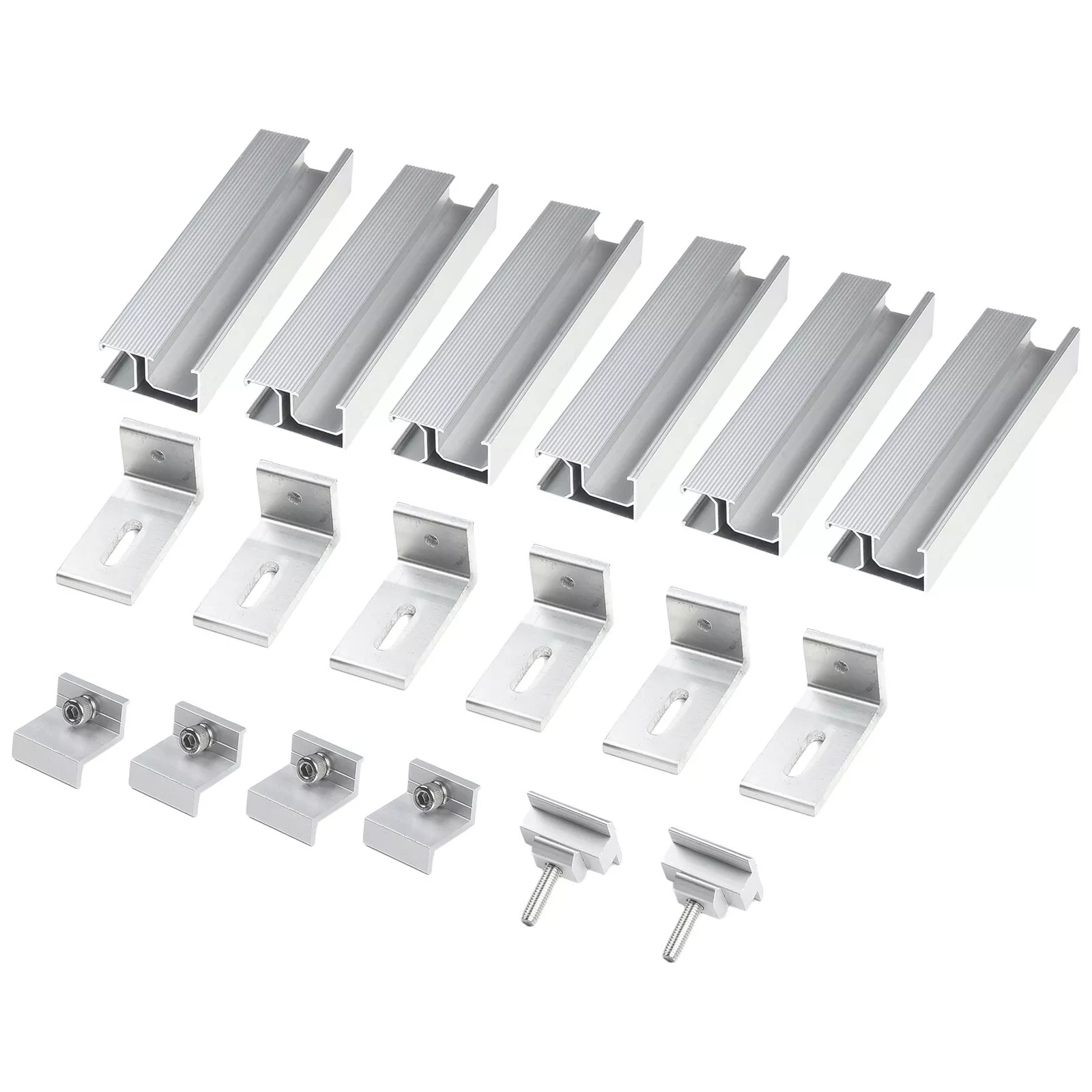
A mounting system is essential for securely installing solar panels on a roof, optimizing their exposure to sunlight, protecting the roof from damage, and enhancing the efficiency and longevity of the solar energy system..
Using a mounting system to attach a solar panel to a roof is essential for several reasons. Firstly, it ensures the stability and structural integrity of the solar panel installation. A mounting system securely anchors the panels to the roof, preventing them from shifting or becoming dislodged, especially during high winds or inclement weather conditions.
Secondly, a mounting system helps optimize the angle and orientation of the solar panels for maximum sunlight exposure. By tilting the panels at the optimal angle and direction, the mounting system helps maximize the amount of sunlight that the panels can capture throughout the day, thereby increasing their efficiency and energy output.
Additionally, a mounting system protects the roof from damage by creating a barrier between the solar panels and the roof surface. This helps prevent water infiltration, reduces the risk of leaks, and preserves the integrity of the roof over time.
Furthermore, using a mounting system allows for proper ventilation and airflow beneath the solar panels, which helps dissipate excess heat and improve the overall performance and longevity of the panels.
(HYBIRD)INVERTER
what does an inverter do?
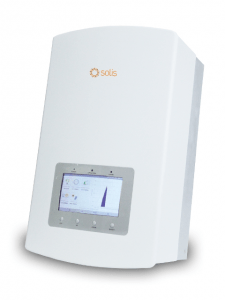
A (hybrid) inverter plays a crucial role in managing the flow of electricity within a hybrid solar energy system, converting DC electricity from solar panels into usable AC electricity, managing battery charging and discharging, and facilitating interaction with the utility grid when necessary. This enables greater flexibility, efficiency, and reliability in harnessing solar energy for both immediate consumption and storage for future use.
A hybrid inverter, also known as a bidirectional or multi-mode inverter, is a crucial component of hybrid solar energy systems that incorporate both photovoltaic (PV) solar panels and battery storage. Here's a detailed explanation of how a hybrid inverter works:
Solar Power Generation:
During daylight hours, when sunlight is available, the PV solar panels generate electricity by converting sunlight into direct current (DC) electricity through the photovoltaic effect.
DC to AC Conversion:
The DC electricity produced by the solar panels is then fed into the hybrid inverter. One of the primary functions of the hybrid inverter is to convert this DC electricity into alternating current (AC) electricity, which is the standard form of electricity used in homes and businesses.
Load Consumption:
The AC electricity generated by the hybrid inverter can be used to power electrical appliances and devices within the home or business. If the energy generated by the solar panels exceeds the immediate energy consumption of the building, the surplus electricity can be directed to charge the batteries or exported to the grid, depending on the system configuration and user preferences.
Battery Charging:
In hybrid solar energy systems equipped with battery storage, the hybrid inverter manages the charging and discharging of the batteries. When there is excess solar energy available or during off-peak hours when electricity rates are low, the hybrid inverter directs surplus electricity to charge the batteries, storing the energy for later use.
Battery Discharging:
Conversely, when energy demand exceeds the amount of solar energy available, such as during nighttime or periods of high energy consumption, the hybrid inverter draws electricity from the batteries to supplement the solar power generation. This ensures a continuous and reliable power supply, even when solar energy production is limited or unavailable.
Grid Interaction (if applicable):
Hybrid inverters often include grid interaction capabilities, allowing the system to seamlessly integrate with the utility grid. In situations where solar energy production is insufficient to meet energy demand or when battery storage is depleted, the hybrid inverter can draw electricity from the grid to supplement the power supply. Conversely, excess solar energy can be exported to the grid, potentially earning credits or compensation through net metering programs.
SOLAR BATTERY
whY MIGHT I NEED A SOLAR BATTERY?
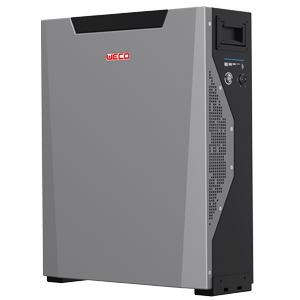
A solar battery works by storing excess electricity generated by solar panels during daylight hours for later use, providing a reliable source of clean energy during periods of low solar energy production. By integrating solar batteries into solar energy systems, homeowners and businesses can increase energy self-sufficiency, reduce reliance on the grid, and maximize the benefits of solar power.
A solar battery, also known as a solar energy storage system or solar battery storage, works in conjunction with solar panels to store excess electricity generated during the day for use later when sunlight is unavailable, such as during nighttime or periods of low solar energy production.
Here's a detailed explanation of how a solar battery works:
Charging:
During daylight hours when sunlight is available, solar panels generate electricity by converting sunlight into direct current (DC) electricity through the photovoltaic effect. The excess electricity generated beyond immediate energy needs is directed to charge the solar battery.
DC to AC Conversion (if applicable):
In some systems, the DC electricity from the solar panels is first converted into alternating current (AC) electricity by an inverter before being used to charge the solar battery. This is because most batteries store and discharge electricity in DC form, while most household appliances and the electrical grid operate on AC electricity.
Battery Storage:
The solar battery stores the excess electricity generated by the solar panels for later use. It typically consists of one or more battery cells connected together to form a battery pack. These battery cells store electrical energy in chemical form, with the ability to release it as electricity when needed.
Discharging:
When sunlight is unavailable, such as during nighttime or cloudy weather, the solar panels produce less or no electricity. In such cases, electricity stored in the solar battery is discharged to power electrical appliances and devices within the home or business. This ensures a continuous and reliable power supply, even when solar energy production is limited or unavailable.
Inverter Conversion (if applicable):
Before the electricity stored in the solar battery can be used to power appliances, it may need to be converted back into AC electricity if it was stored in DC form. This conversion is typically performed by an inverter connected to the solar battery system.
Monitoring and Control:
A solar battery system may also include monitoring and control systems that track energy production, consumption, and battery state of charge. These systems optimize battery usage, ensure efficient energy management, and provide users with insights into their energy usage patterns.
SOLAR HOT WATER DIVERTER
HOW DOES A SOLAR HOT WATER DIVERTER WORK?
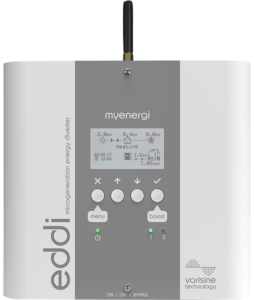
A PV solar hot water diverter utilizes surplus electricity generated by solar PV panels to heat water, providing an efficient and sustainable way to meet hot water needs while reducing energy costs and carbon emissions.
A PV (photovoltaic) solar hot water diverter combines solar PV panels with a hot water diverter system to efficiently utilize solar energy for heating water.
Here's a detailed explanation of how it works:
Hot Water Diverter System:
In addition to generating electricity, the solar PV panels can be where applicable, connected to a hot water diverter system. This system includes a diverter controller and a pump or valve that diverts excess electricity generated by the PV panels to a heating element in a hot water storage tank or cylinder.
Diverter Controller:
The diverter controller continuously monitors the electricity production from the PV panels and the hot water demand in the building. When there is surplus electricity generated by the PV panels and the hot water demand is present, the diverter controller activates the pump or valve to divert the excess electricity to the heating element.
Heating Element Operation:
The diverted electricity powers the heating element, which heats the water in the hot water storage tank or cylinder. This process effectively utilizes excess solar electricity to heat water, maximizing the use of renewable energy and reducing the reliance on conventional heating methods.
Optimization and Efficiency:
The diverter controller optimizes the operation of the system to ensure that excess solar electricity is used to heat water whenever possible. It may adjust the flow of electricity to the heating element based on factors such as the intensity of sunlight, electricity production from the PV panels, and hot water demand.
Backup Heating System:
In situations where there is insufficient solar electricity to meet the hot water demand or during periods of high hot water consumption, a backup heating system, such as an electric immersion heater or gas boiler, can be used to supplement the solar heating.
SOLAR PANEL OPTIMISER
HOW DOES A SOLAR PANEL OPTIMISER WORK?
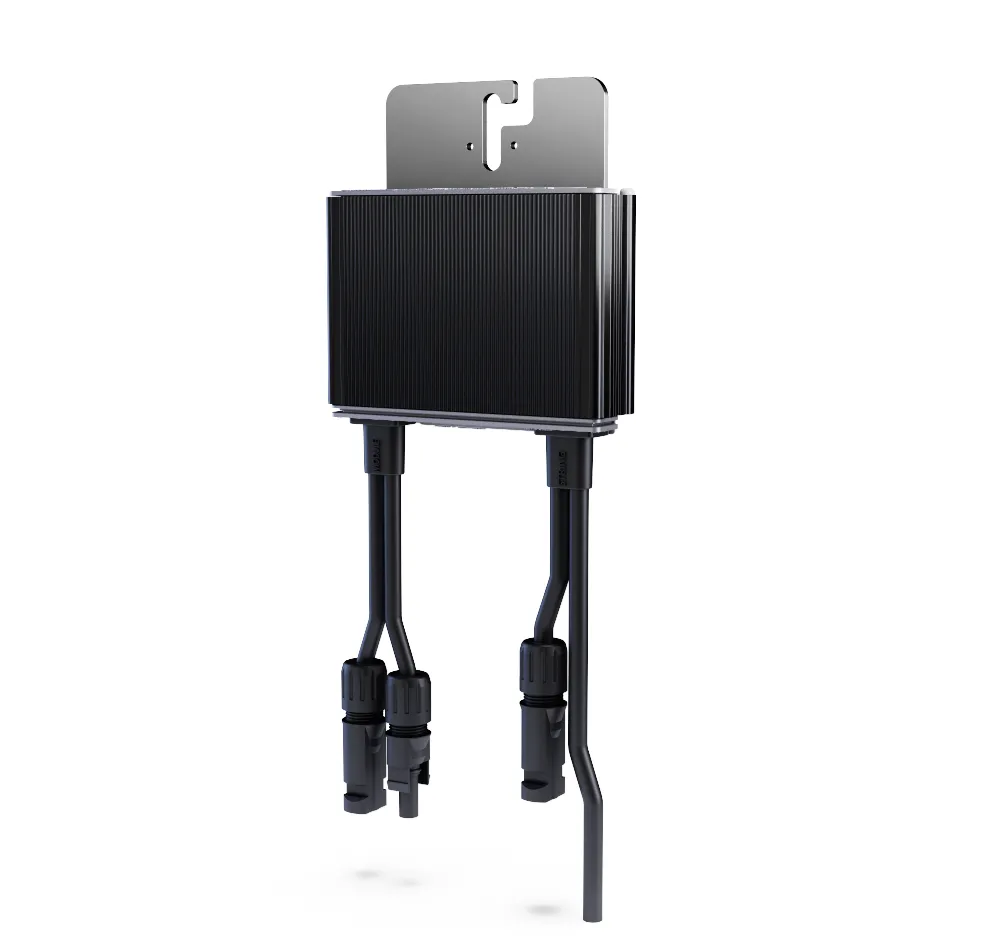
A solar panel optimiser is a device that optimises the performance of individual solar panels in a PV solar energy system by performing maximum power point tracking, mitigating the effects of shading, and providing module-level monitoring capabilities. By maximizing energy production and ensuring the reliability of the system, solar panel optimizers help maximize the return on investment and sustainability of solar energy installations.
A solar panel optimizer is a device used in photovoltaic (PV) solar energy systems to maximize the energy output of individual solar panels.
Here's a detailed explanation of what a solar panel optimizer is and how it works:
Function:
A solar panel optimizer is designed to address two main issues that can affect the performance of solar panels: shading and mismatch. Shading occurs when objects such as trees, buildings, or nearby structures cast shadows on the solar panels, reducing their energy production. Mismatch refers to variations in the electrical characteristics of different solar panels within the same array, which can occur due to manufacturing differences, dirt buildup, or age.
Individual Panel Optimization:
Solar panel optimizers are installed on each solar panel in the array, typically attached to the back of the panel or integrated into the panel's junction box. They continuously monitor the electrical output of the panel and make real-time adjustments to optimize its performance, regardless of shading or mismatch issues affecting other panels in the array.
Maximum Power Point Tracking (MPPT):
One of the key functions of a solar panel optimizer is to perform maximum power point tracking (MPPT) for each individual panel. MPPT is a technique used to maximize the power output of a solar panel by continuously adjusting the operating voltage and current to ensure that the panel operates at its maximum power point, where it generates the most electricity.
Shade Tolerance:
Solar panel optimizers incorporate advanced electronics and algorithms to mitigate the effects of shading on individual panels. When a panel is partially shaded, the optimizer dynamically adjusts its operating voltage and current to bypass the shaded cells, allowing the unshaded cells to continue generating electricity at their full capacity.
Module-Level Monitoring:
Many solar panel optimizers also provide module-level monitoring capabilities, allowing users to track the performance of each individual panel in the array. This enables early detection of issues such as shading, dirt buildup, or potential panel failures, allowing for timely maintenance and optimization of the system.
Compatibility:
Solar panel optimizers are compatible with a wide range of solar panel technologies, including monocrystalline, polycrystalline, and thin-film panels. They can be integrated into both new and existing solar installations, providing a cost-effective solution to maximize energy production and return on investment.
ELECTRIC VEHICLE (EV) CHARGER
HOW DOES AN EV CHARGER WORK?
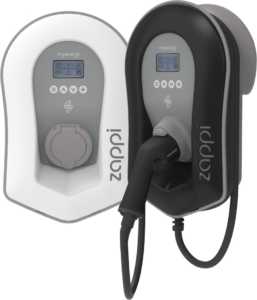
An EV car charger works by providing the electrical connection and infrastructure needed to charge an electric vehicle's battery safely and efficiently. By controlling the flow of electricity, communicating with the vehicle, and incorporating safety features, EV chargers enable convenient and reliable charging of electric vehicles at home, in workplaces, and at public charging stations.
An electric vehicle (EV) charger, also known as an Electric Vehicle Supply Equipment (EVSE), is a device that provides the electrical connection and infrastructure needed to charge an electric vehicle's battery.
Here's a detailed explanation of how an EV car charger works:
Charging Cable and Connector:
The EV charger is equipped with a charging cable and connector that plugs into the electric vehicle's charging port. The connector may vary depending on the type of charger and the vehicle's compatibility, with common types including Type 1 (SAE J1772) and Type 2 (IEC 62196) connectors.
Communication Protocol:
Before initiating the charging process, the EV charger communicates with the electric vehicle to establish a connection and negotiate the charging parameters. This communication is typically done using a communication protocol such as the Open Charge Point Protocol (OCPP) or the Combined Charging System (CCS) protocol.
Charging Control:
Once the connection is established and the parameters are negotiated, the EV charger controls the flow of electricity to the vehicle's battery. The charger monitors the battery's state of charge and adjusts the charging rate accordingly to optimize the charging process and ensure the battery's health and safety.
Charging Modes:
EV chargers may support different charging modes, including alternating current (AC) charging and direct current (DC) fast charging. AC charging is commonly used for overnight charging at home or in workplaces, while DC fast charging provides rapid charging at public charging stations for on-the-go charging.
Safety Features:
EV chargers incorporate various safety features to protect both the vehicle and the charging infrastructure. These features may include ground fault protection, overcurrent protection, overvoltage protection, and temperature monitoring to prevent overheating and ensure safe charging operations.
Charging Status Indicators:
EV chargers are equipped with indicators or displays that provide information about the charging status, including the charging rate, charging time, and remaining time until the battery is fully charged. This allows users to monitor the charging process and plan their charging sessions accordingly.
Smart Charging Capabilities:
Many EV chargers are equipped with smart charging capabilities, allowing users to remotely monitor and control the charging process using a smartphone app or online portal. Smart charging features may include scheduling charging sessions, monitoring energy consumption, and receiving notifications about charging status.
Got a Question?
24/25 South Main Street, Naas, Co Kildare

